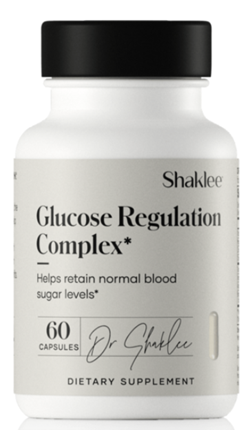Managing Diabetes - Blood Glucose Monitors
 One of the most important things you can do for effective diabetes management is regular blood glucose monitoring.
One of the most important things you can do for effective diabetes management is regular blood glucose monitoring.
  Fortunately, there are many devices available to do this, and most are easy to use and have many helpful features. Fortunately, there are many devices available to do this, and most are easy to use and have many helpful features.
A VERY SHORT HISTORY OF BLOOD SUGAR MONITORS
One of the earliest self-test systems for monitoring one's blood sugar was developed in the mid-1970s. The procees has not changed all that much as now, just back in the day, the person takes a small sample of blood which is analyzed chemically by the device. Since then, they've gotten smaller, more accurate and require less blood, but there has not been a lot of change to the process. However, there are now newer models slowly becoming available which can read through the skin.
TOLD YOU IT WAS SHORT, DIDN'T I?
Most of today's monitors now make use of a small test strip coated with chemicals to perform the test. A small blood sample is provided, most commonly by a small prick of the finger with a lancet. This blood drop is smeared on the strip, then fed into a hand-held device. In a few seconds, it provides a readout of the current glucose level.
Sounds complicated, but many blood glucose monitors actually do get the test done more simply and with less pain than a few years ago.
There are several varying pros and cons to all current devices, depending on the device and the diabetic's needs.
They are most certainly convenient, but they almost all require a blood sample drawn from the body. That can be uncomfortable or even painful. This is one of the main reasons that many people will only use them once per day, if that often, rather than the recommended three times daily.
If not properly calibrated and maintained, they can give inaccurate readings. In order to prevent contamination from old blood and chemicals, they need to be cleaned from time to time. A monitor that is not cleaned and properly maintained can give an inaccurate reading even if calibrated properly. However, these are easy to do and, when everything is right, the results are typically nearly as accurate as a professional test from a lab.
One definite pro is that most of today's devices far exceed the performance and features available in older models.
There is no doubt that having the convenience and ease of a home blood glucose test is a great benefit in itself, there are other desirable attributes a good device might have. Many of today;s models will store several test results taken over time. That helps the individual, and medical people, compare levels on an ongoing basis. This makes for better glucose level management. Some units can even download results to a PC where the data can be easily graphed, making the tracking process even more observable.
Several newer models, such as the ReliOn Ultima Blood Glucose Monitor, allow the user to draw blood from areas other than the finger. That gives the fingers a rest. Many people would like this feature since continual pricking can lead to excessive scarring and loss of sensitivity. It can also lead over time to the individual running out of good fingers to use easily. This means more difficulty drawing blood, which results in additional discomfort. Different glucose monitoring devices, if approved for use by your physician, can draw blood from the hands, arms and elsewhere.
Thanks to modern science, there are even better devices available on the market today.
Some of the newer ones use a laser to make a small, nearly painless hole in the skin. A miniscule droplet of blood oozes out for smearing onto a test strip. It produces only a slight tingling sensation in the finger during the test rather than the pain associated with a real "stick". That eliminates the need for needles and is more sanitary and safer, as well as reducing discomfort.
There are some which even work while you sleep. Obviously, no one wants to wake up in the middle of the night to prick their finger and run a test strip through the device. However, the body continues to function twenty-four hours a day and glucose levels can rise or fall at any time.
These days, people with diabetes can even buy a watch that also serves as a blood glucose monitor and alerts the wearer by an alarm if a threshold is exceeded.
Every year more advanced devices come on the market, many of which require no drawing of blood. These types of blood glucose monitors measure the glucose level through the skin with an infrared beam. In the development process since the mid 1990s, it was only recently approved by the FDA for home use.
Managing Diabetes - Blood Glucose Monitors
Web Page Copyright 2015 by Donovan Baldwin
Page Updated 6:38 AM Saturday 9/26/2015
|

